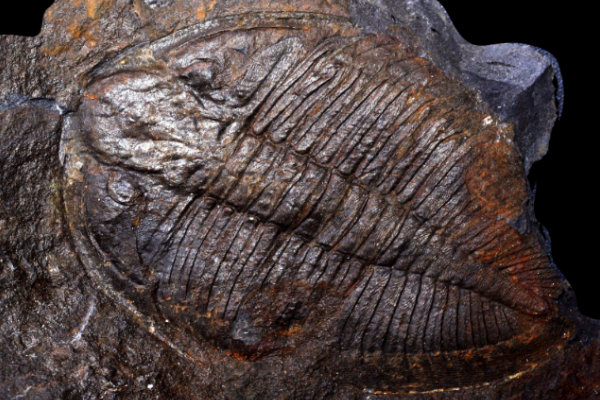Séminaire jeudi 15 décembre 2022
 No (Cambrian) explosion and no (Ordovician) event: a single long-term radiation in the Early Palaeozoic
No (Cambrian) explosion and no (Ordovician) event: a single long-term radiation in the Early Palaeozoic
Thomas Servais, DR CNRS à Lille
Jeudi 15 décembre 2022 à 11 heures, salle 303
A number of terminologies have been created in the last decades to describe the Early Palaeozoic radiation (or parts of its) in more or less spectacular terms: Cambrian explosion, Cambrian substrate revolution, Ordovician plankton revolution, Great Ordovician Biodiversification Event (GOBE), Great Mid-Palaeozoic Transition, Ordovician bioerosion revolution, Late Ordovician Mass Extinction Event (LOME), etc. With the analyses of more complete datasets, including all fossil groups and all palaeogeographical areas, it becomes more and more evident that the Cambrian ‘explosion’ was not an ‘explosion’ of diversity during a short interval in the Cambrian, and that the Ordovician radiation is not related to a specific geological ‘event.’ In the contrary, the datasets show that all these ’explosions’, ‘revolutions’ and ‘events’ are part of a single long-term radiation, that started in the late Precambrian and continued into the Devonian.

Figure from Servais et al. Pal. Research 2021. Trajectory comparison of Cambrian–Ordovician marine genus-level diversity curves and the different concepts of the Ordovician radiation. A, diversity curve of Sepkoski (1995): the Ordovician radiations span the entire Ordovician Period. B, PBDB based diversity curve of Kröger et al. (2019): the ‘GOBE’ spans the major parts of the Middle Ordovician. C, PBDB based diversity curve of Rasmussen et al. (2019): the ‘GOBE’ is considered to correspond to a short interval in the early Middle Ordovician. D, GBDB based diversity curve of Fan et al. (2020, fig. 1A): the ‘GOBE’ starts at the base of the Furongian (late Cambrian Series 4) and lasts until the end of the Early Ordovician.
- extrait:
- lien_externe:
- titre:
- intervenant:
- date:
- kc_data:
- a:8:{i:0;s:0:"";s:4:"mode";s:0:"";s:3:"css";s:0:"";s:9:"max_width";s:0:"";s:7:"classes";s:0:"";s:9:"thumbnail";s:0:"";s:9:"collapsed";s:0:"";s:9:"optimized";s:0:"";}
- kc_raw_content:
 No (Cambrian) explosion and no (Ordovician) event: a single long-term radiation in the Early Palaeozoic
No (Cambrian) explosion and no (Ordovician) event: a single long-term radiation in the Early PalaeozoicThomas Servais, DR CNRS à Lille
Jeudi 15 décembre 2022 à 11 heures, salle 303
A number of terminologies have been created in the last decades to describe the Early Palaeozoic radiation (or parts of its) in more or less spectacular terms: Cambrian explosion, Cambrian substrate revolution, Ordovician plankton revolution, Great Ordovician Biodiversification Event (GOBE), Great Mid-Palaeozoic Transition, Ordovician bioerosion revolution, Late Ordovician Mass Extinction Event (LOME), etc. With the analyses of more complete datasets, including all fossil groups and all palaeogeographical areas, it becomes more and more evident that the Cambrian 'explosion' was not an 'explosion' of diversity during a short interval in the Cambrian, and that the Ordovician radiation is not related to a specific geological 'event.' In the contrary, the datasets show that all these ’explosions', 'revolutions' and 'events’ are part of a single long-term radiation, that started in the late Precambrian and continued into the Devonian.

Figure from Servais et al. Pal. Research 2021. Trajectory comparison of Cambrian–Ordovician marine genus-level diversity curves and the different concepts of the Ordovician radiation. A, diversity curve of Sepkoski (1995): the Ordovician radiations span the entire Ordovician Period. B, PBDB based diversity curve of Kröger et al. (2019): the ‘GOBE’ spans the major parts of the Middle Ordovician. C, PBDB based diversity curve of Rasmussen et al. (2019): the ‘GOBE’ is considered to correspond to a short interval in the early Middle Ordovician. D, GBDB based diversity curve of Fan et al. (2020, fig. 1A): the ‘GOBE’ starts at the base of the Furongian (late Cambrian Series 4) and lasts until the end of the Early Ordovician.
